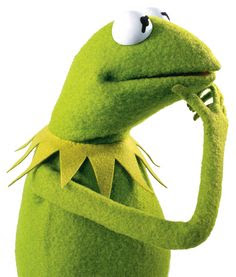
Although there is no convincing technical evidence that dollar’s retreat in Q1 is over, we suspect it is nearly complete. We will be especially sensitive to reversal patterns, divergences with technical indicators, and other signs that the move is exhausted.
The fundamental economic driver of our medium term constructive outlook for the US dollar, the divergence of monetary policy between the major central banks, relative health of the financial sector, and absorption of capacity, remains intact.
Like most, we never thought the Federal Reserve would hike rates four times this year, as it had suggested through its dot plot last December. Yet we think the market is discounting only one hike (at the very end of the year), is also mistaken. We are not convinced that the ECB and BOJ have exhausted scope for monetary easing. We remain concerned of a new flare-up of European tensions later in the quarter.
The US premium over Germany and Japan narrowed as the dollar fell in recent weeks. By the end of last week, the premiums had stabilized and preliminarily began moving back in the dollar’s favor. The widening premiums appear to be a necessary precondition of a firmer dollar.
The Dollar Index held support near 94.00, but the bounce was uninspiring and new low looks likely. The mid-October low was seen near 93.80, and the lower Bollinger Band finished last week near 93.75. Barring a new shock, we do not expect the Dollar Index to return to last August’s low set near 92.60.
The euro spent most of the last week confined to the ranges set on April 1 when the US March jobs data were released. The range that day was $1.1335 to about $1.1440. Provided the $1.1300 area holds, the euro can work a bit higher. Marginal new highs toward $1.1500 cannot be ruled out. However, there are preliminary signs that caution against chasing the market here. The RSI did not confirm the high set on April 7, and the MACDs are poised to turn lower.













Leave A Comment